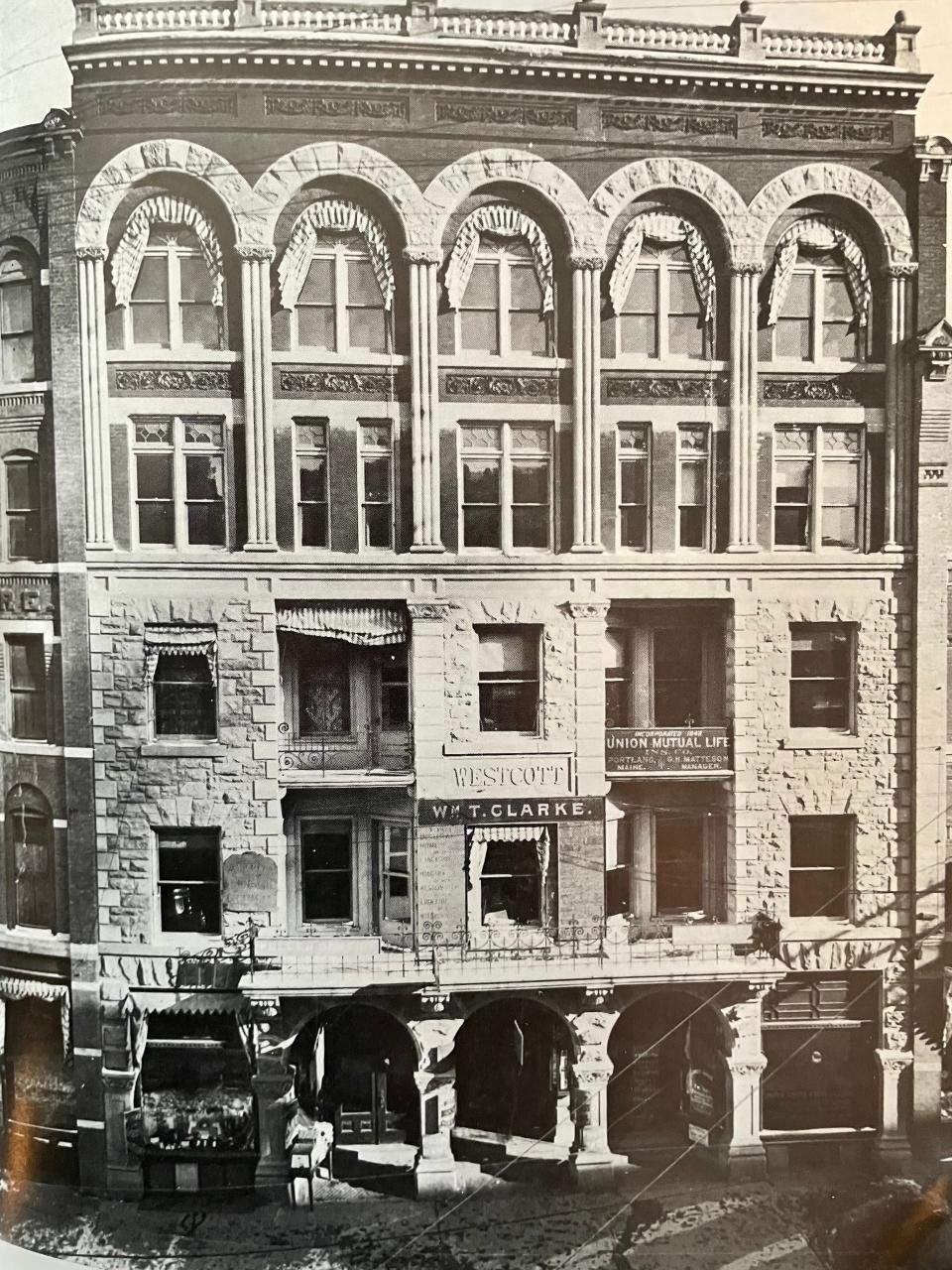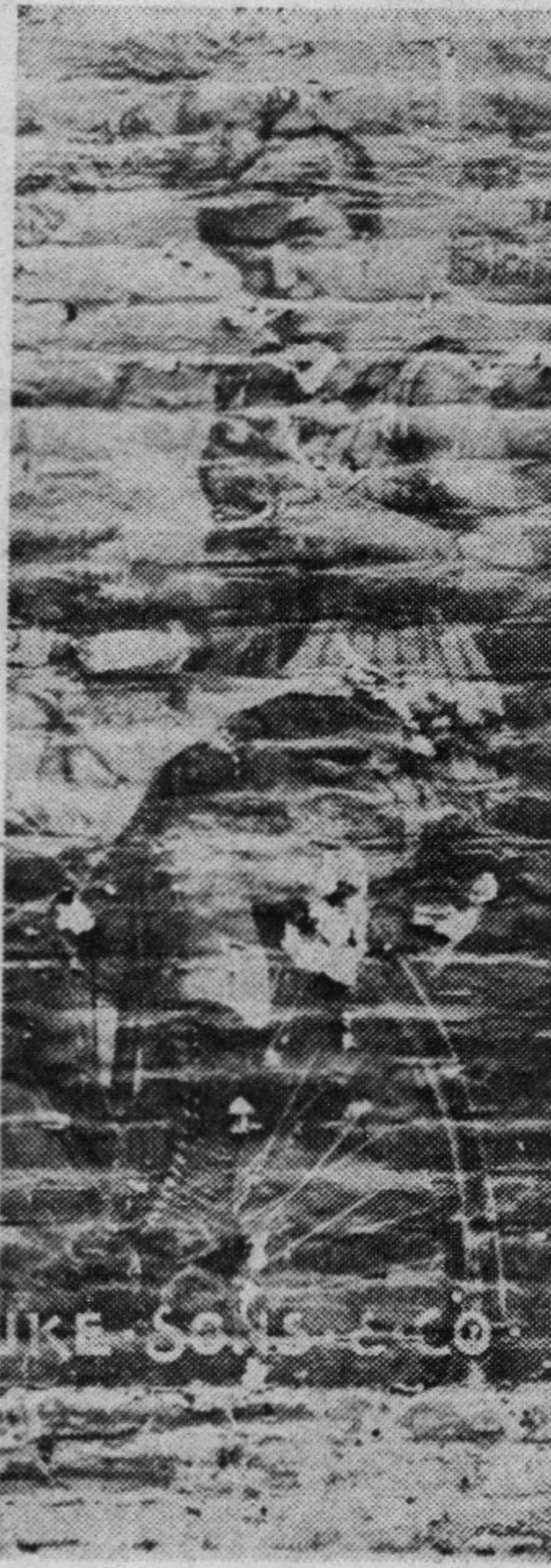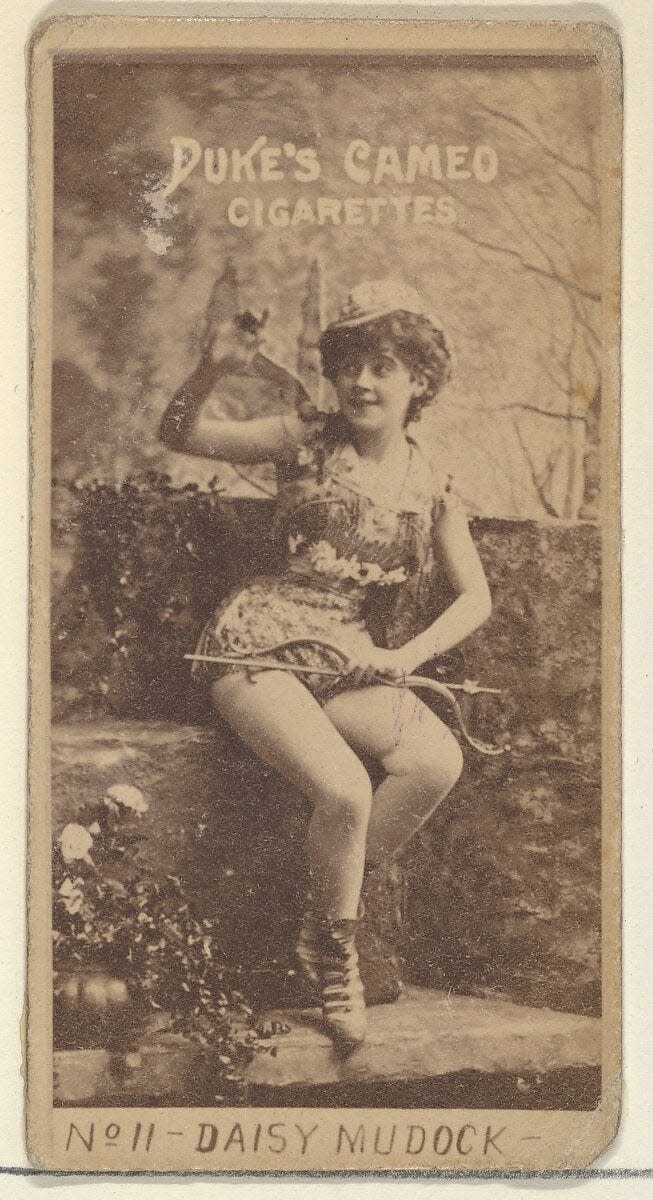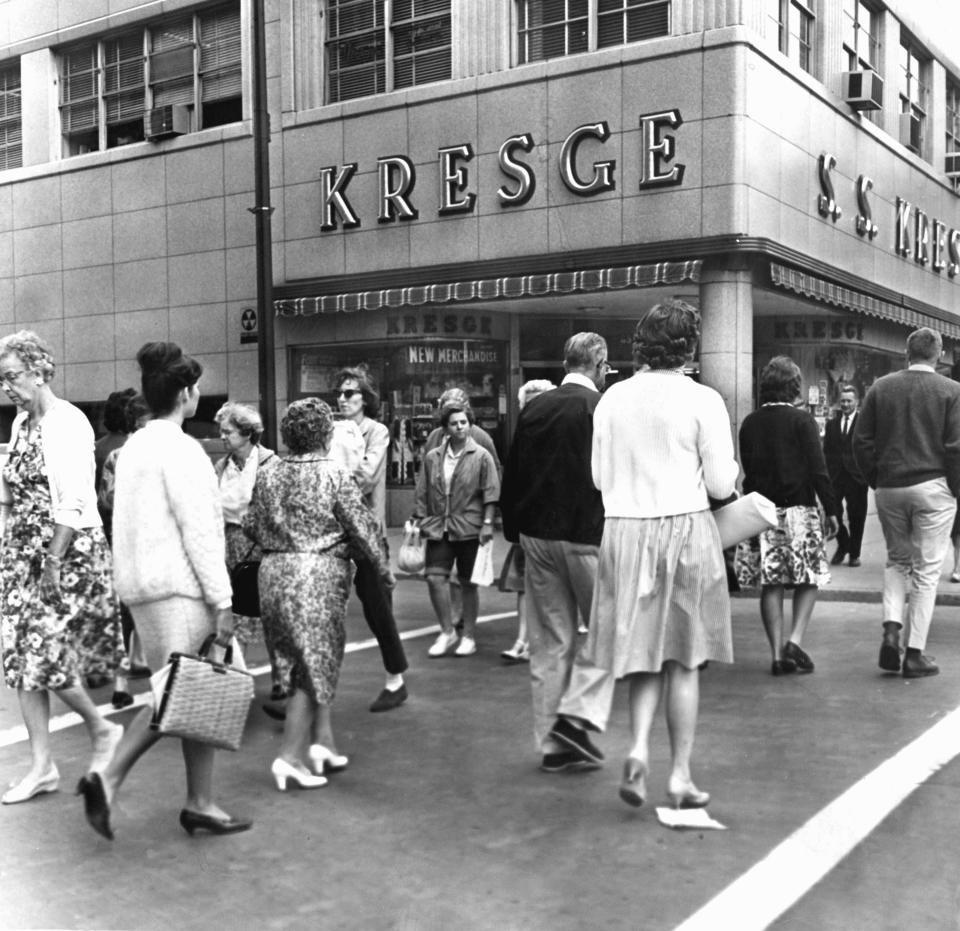Why was this Binghamton ad scandalous? A 1949 discovery turned heads in the city
It is March of 1949, and the nation was at peace after the end of World War II. Life in the Triple Cities was returning to a new normal, with local industries resuming full production, and many local industries such as IBM and EJ still making products for the Defense Department. As the population of the area continued to grow well into the 1950s, new stores were arriving all the time. To make way for the new stores, older buildings were taken down to pave the way toward the future.
One of those buildings was the Harvey Westcott former cigar factory building located at 116 State St., but taking up the corner with Court Street. The back portion abutted Commercial Alley. It was an impressive stone-facade structure and was built at the time when cigar manufacturing became the leading industry in the last quarter of the 19th century. The Binghamton area hosted over 70 cigar factories, employed 5,000 workers, and produced 100 million cigars each year by about 1900. Westcott was just one of them, although his manufacturing days were not as long as others.

In 1888, he stopped making cigars and converted the building into an office building, renting out to a host of different clientele. For a time, many of the offices held entertainment types such as Billy Baker’s Band, and several dancing instructors with future icon Irene Castles taking lessons. Perhaps it was at this time that our errant scantily clad lady made her appearance.
The appearance was a full-size lithograph that was glued to the building's interior brick wall. Somehow, later paneling covered up the lithograph until workers arrived in 1949 to tear apart the building to make way for a new structure. When that paneling was taken down, to the worker’s surprise, it was an ad for Duke’s Cameo Cigarettes. What made it a bit scandalous was that ad showed a scantily dressed woman in tights atop a high bicycle, clutching her pack of cigarettes.

While we might think of the Victorian period as a time when sex and racy material was thought to be anathema to the American consciousness, reality is a far different thing. There were elements in society where naughty pictures of women with less attire than normal were found. Heck, there were even “nudie” postcards that were available for sale. Yes, even back in the 1880s and 1890s.
Thus, the Duke Cameo Cigarettes firm turned from rather standard ads for their cigarettes to something a bit more inventive. The company had made a name for itself with a cigarette box that had a sliding top and covers that showed celebrities holding their product, to something a bit more evocative. Perhaps it was due to the lagging sales of cigarettes over cigars. James Duke would eventually form with other cigarette makers to form the American Tobacco Company.
For subscribers:Not all alcohol shipping sales are equal: Cideries, distilleries hope to change NY law
Things to do:Jerry Seinfeld performing two shows in Binghamton. How to get tickets to comedy show and more
More history:East Side or West? North or South? How Binghamton neighborhoods evolved.

Beginning about 1888 and into the 1890s, Duke’s ads got more and more suggestive. One illustration showed a woman bearing one breast while holding the cigarettes in the other hand. Giveaway cards showed women with increasingly less clothing on, with little imagination needed. Whatever the reason, the ads improved cigarette sales. It was at this time that the lithograph came to be on the wall of an office in the Westcott building. While it might have been clever at the time, future occupants covered up the lady in tights on the bicycle and it was long forgotten about until that cold winter day in 1949.

Upon finding the ad, a young Tom Cawley from the Binghamton Press was called over to inspect the find. Tom had no problem finding the humor in that the cigarette ad that caused the furor had been placed on the wall of a former cigar factory. It was a bit of irony that Cawley was known for in his columns – this series was called “Matter of Fact.”
The ad, like the building, was removed. What took its place? It was a brand-new S. S. Kresge store – one of the many new chain stores that entered the Binghamton market in the 1950s and 60s – so it goes.
Gerald Smith is a former Broome County historian. Email him at historysmiths@stny.rr.com.
This article originally appeared on Binghamton Press & Sun-Bulletin: Binghamton history: Duke Cameo Cigarettes ad uncovered by workers
